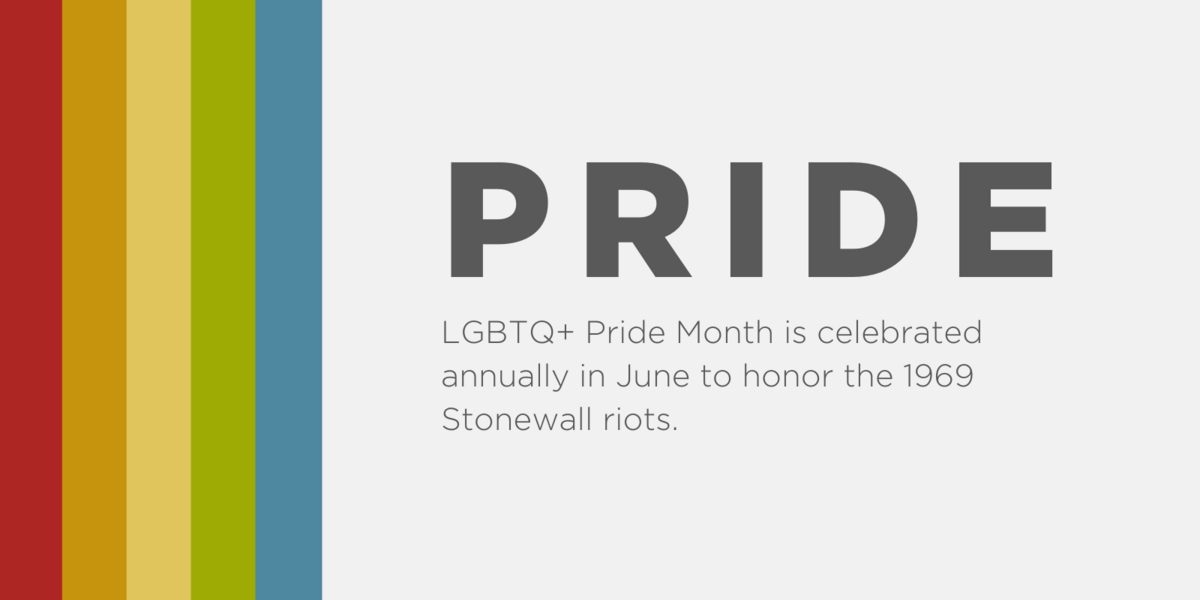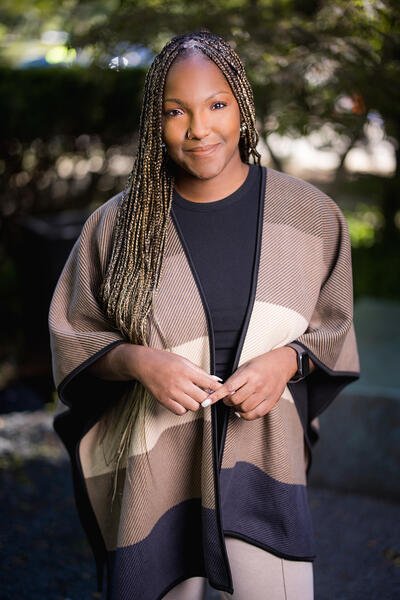Pride Month is often adorned with rainbow flags, corporate-sponsored parades and affirming declarations of love and acceptance. Visibility matters — but we cannot afford to confuse visibility with justice. Further, we cannot afford to be distracted by the mainstream and colorful celebrations and lose sight of Pride’s true roots. Pride is a political inheritance — rooted in resistance, sustained by struggle and expanded by visionaries whose names aren’t always included on the banners.
Pride Began as a Rebellion
In June 1969, Black and Brown queer and trans people — like Marsha P. Johnson, Miss Major Griffin-Gracy and Sylvia Rivera — risked their lives to fight back against police brutality during the Stonewall Uprising. These individuals were poor, trans, femme, sex workers and impacted by discriminatory systems across these various intersections. They were criminalized not just for their gender or sexuality, but for the color of their skin, their economic status and the bodies they lived in (Field, 2018; Teppo, 2022). That resistance laid the foundation for what we now call Pride. Honoring this resistance means fighting for survival, dignity and the right to simply exist.
Pride in Theory: QTBIPOC Thinkers and the Politics of Liberation
Pride is also deeply intellectual. It has been shaped by queer and/or trans, Black, Indigenous and other People of Color (QTBIPOC) — writers, scholars, cultural workers and pioneers who have helped us make meaning of intersectionality and resistance as ways of knowing, loving and surviving.
- James Baldwin, in his essays and fiction, showed us what it means to be a Black queer man navigating love and rage in a world that denies both. bell hooks taught us that love is an action, and that justice is a form of care. She reminded us that healing cannot happen without confronting systems of domination — racism, patriarchy, capitalism, homophobia.
- Angela Davis connected the dots between queerness, incarceration, feminism and class struggle — laying the groundwork for a queer abolitionist future where care replaces punishment.
- José Esteban Muñoz offered us queer futurity — a vision of queerness as longing, as hope, as world-building beyond the here and now.
- Barbara Smith, Audre Lorde and the Combahee River Collective gave us the radical framework of intersectionality long before it was a buzzword: Black feminist lesbian theory as a tool for survival.
Emerging during eras of often pathologizing or rendering queer lives invisible, these thinkers (and many more of them) used their work and talent to offer survival maps for QTBIPOC individuals — mental health frameworks that reoriented how queer individuals could see themselves, name their realities and navigate a world that had long denied their existence.
Mental Health Lives at the Intersections
As a therapist working with queer and trans clients of color, I’ve witnessed firsthand how systemic oppression impacts mental health. Further, how QTBIPOC folx often face compounded trauma — racism within queer spaces, queerphobia in their racial/ethnic communities and exclusion in public systems (Parmenter et al., 2024). How this trauma manifests includes:
- Higher rates of anxiety and depression
- Chronic hypervigilance and racial battle fatigue
- Barriers to accessing culturally competent care
- Internalized shame due to societal rejection
Again, what our thinkers remind us is that healing cannot happen in environments that gaslight or erase. Pride Month should be more than rainbow-themed therapy sessions or inclusive slogans — it should serve as a commitment to building safe, affirming and justice-driven spaces year-round.
Liberation Is Therapeutic
QTBIPOC activists didn’t just fight for legal rights — they fought for the right to exist, thrive and be seen in full humanity. That fight is inherently therapeutic. Liberation psychology teaches us that healing is not just internal — it is social, political and collective (Garcini et al., 2023). When we honor the radical roots of Pride, we also:
- Validate the lived experiences of the most marginalized
- Affirm the strength and beauty of queer people of color
- Shift our focus from performative allyship to transformational change
- Ensure that the most marginalized don’t fall through the cracks or remain along the sides
As a therapist, I argue that liberation is central to mental health — especially for those who live at the intersection of race, queerness, poverty, gender nonconformity and non-belonging. Pride invites us to remember who made our freedom possible, and what they taught us about how to heal.
Some questions to consider:
- What am I still learning — and unlearning — about gender, sexuality, race and liberation?
- How do the systems I’m part of — professionally, spiritually, socially — affirm or harm LGBTQ+ people of color?
- What does care look like when it’s rooted in justice — not just empathy?
What It Means to Show Up
As previously described, June is about showing up with humility, accountability and action. Here’s how you can start:
- Learn the history of gender and sexuality in this country with Queer America Podcast
- Support QTBIPOC-led organizations and community care
- Support QTBIPOC podcasts and perspectives
- Engage with QTBIPOC literature and storytelling
- Celebrate Pride in ways that honor intersectionality
In Closing: Pride as a Portal
Pride is more than a parade. It’s a portal that invites us into deeper truth, connection and responsibility. Activist and writer Alok Vaid-Menon said, “Transness is the most honest, microscopic way of understanding what life is or vitality is...” To me, Pride invites us to deeply examine ourselves, embrace complexity, and to recognize that sexual and gender variance is an expansion of life, not a deviation from it. Further, I see it as a reminder: healing and liberation are inseparable. To truly honor Pride is to work toward a world where QTBIPOC are not only safe, but celebrated — not just in June, but always.
Field, N. (2018). ‘They’ve lost that wounded look’: Stonewall and the struggle for LGBT+ rights. Critical and Radical Social Work, 6(1), 35-50. Retrieved Jun 25, 2025, from https://doi.org/10.1332/204986018X15199226335132
Garcini, L. M., Barrita, A., Cadenas, G. A., Domenech Rodríguez, M. M., Galvan, T., Mercado, A., Moreno, O., Paris, M., Rojas Perez, O. F., Silva, M., & Venta, A. (2025). A decolonial and liberation lens to social justice research: Upholding promises for diverse, inclusive, and equitable psychological science. American Psychologist, 80(1), 1–14. https://doi.org/10.1037/amp0001255
Parmenter, J. G., Gao, S., Khan, N. S., Lê, D., Staton, D., & Galupo, M. P. (2024). “My healing journey gives back to my communities”: Experiences of intersectional resilience and liberation among queer and trans Black, Indigenous, and People of Color. Psychology of Sexual Orientation and Gender Diversity. Advance online publication. https://doi.org/10.1037/sgd0000750
Teppo, Sandra. (2022). Marsha P. Johnson: Who Creates the Most Impact?. Sankofa Journal of Interdisciplinary Studies. 2. https://doi.org/10.15353/sankofa.v2/4745


